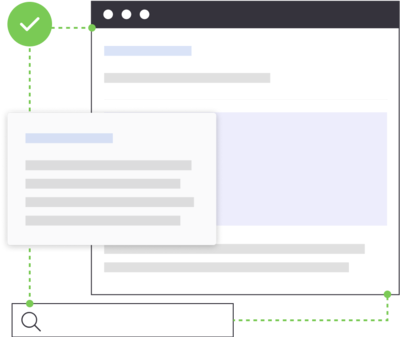Explore the documentation
Use our docs to learn best practices and core workflows, get guidance on setting up key integrations, build with our SDK, and learn about the latest and greatest product innovations, from new features to bug fixes.

Newest docs
Baton Docs
See moreBaton connectors
Available connectors Click on any connector to be directed to its GitHub repo, where you can learn more about installing the connector, its available commands, and the specific identity and permission data the connector syncs.
Baton release notes
April 2024 One new connector joins the library this month: Temporal Cloud See each connector’s README on GitHub for more information on installation, available commands, and the specific identity and permission data the connector syncs.
Build a new Baton connector
If you need to pull access information from a homegrown or backoffice piece of infrastructure, or to software that doesn’t yet have a pre-built Baton connector, you can build your own connector with the Baton software development kit (SDK).
ConductorOne Docs
See more📜 Amazon Web Services (AWS) integration
📜 Deprecation warning: A newer version of this integration is available. If you’re setting up an AWS integration with ConductorOne for the first time, use the v2 version of the integration.
📜 Azure Active Directory integration
📜 Deprecation warning: A newer version of this integration is available. Azure Active Directory is now Microsoft Entra ID. If you’re setting up this integration for the first time, go to Entra ID integration to get started.
📜 Google Workspace integration
📜 Deprecation warning: A newer version of this integration is available. If you’re setting up a Google Workspace integration with ConductorOne for the first time, use the v2 version of the integration.
Developer Docs
See moreBuild a new Baton connector
If you need to connect ConductorOne to a homegrown or backoffice piece of infrastructure, or to software that doesn’t yet have a pre-built Baton connector, you can build your own connector with the Baton software development kit (SDK).
Introducing ConductorOne's API
The ConductorOne application programming interface (API) is a set of rules that defines how ConductorOne can communicate with other software programs. The ConductorOne API lets developers access ConductorOne data and functionality, automate workflows, and connect ConductorOne to other tools and interfaces.
Introducing the ConductorOne Terraform provider
Terraform is an open-source infrastructure as code (IAC) tool that lets developers define and manage cloud infrastructure using code. Terraform is declarative, which means that you define the desired state of your infrastructure, and Terraform then automatically creates or updates your infrastructure to match the desired state.